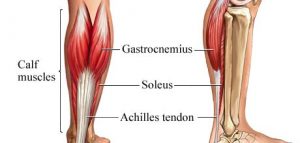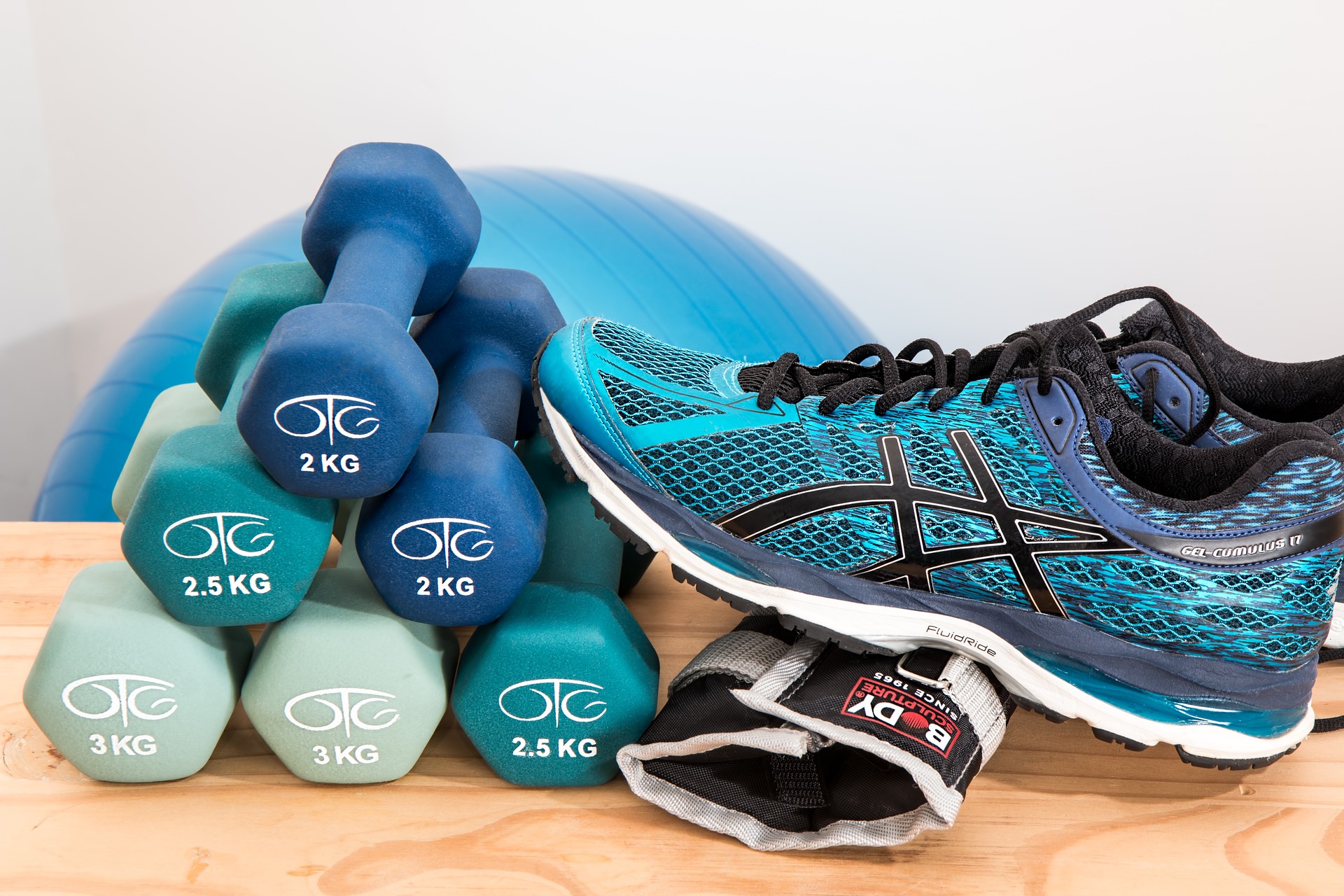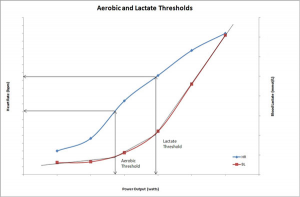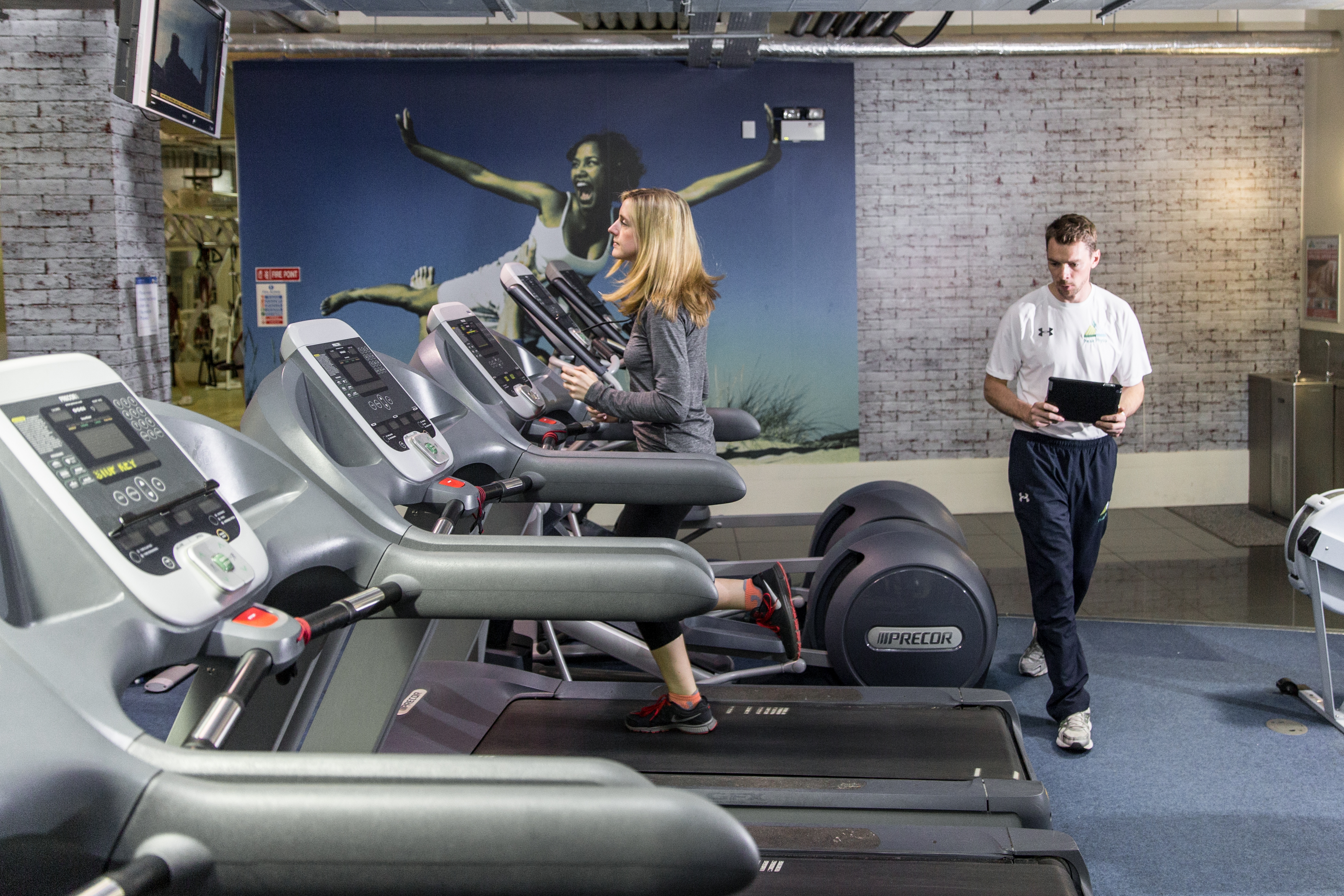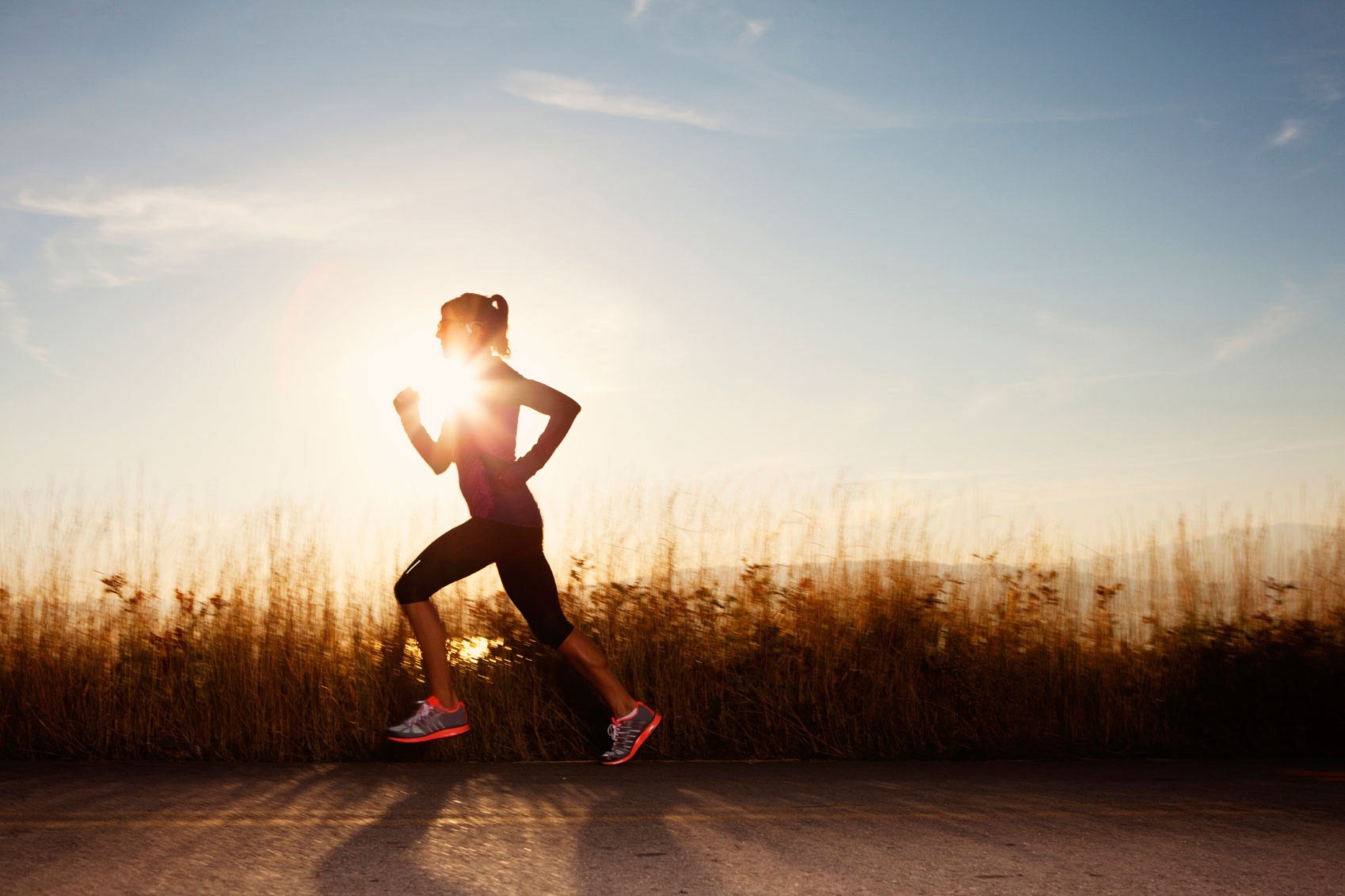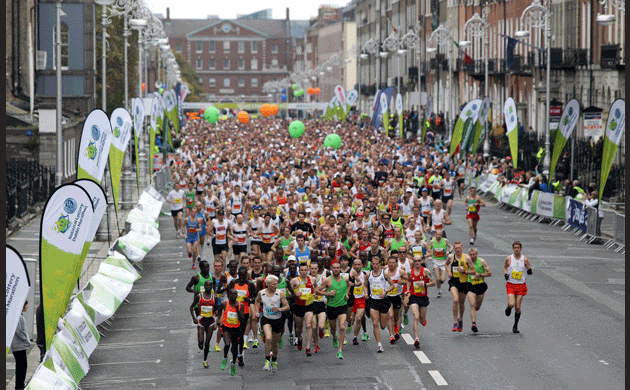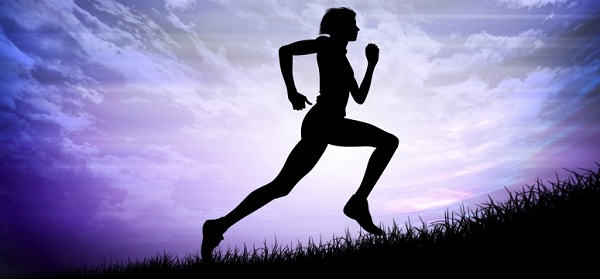Over the coming weeks Peak Physio is going to introduce a comprehensive 10 part guide to running. From all you need to know about get started to those experienced runners who want to perform at their peak and stay injury free.
The blog will be written by Eoin Naughton a Chartered Physiotherapist with 9 years experience and clinical director at Peak Physio, he has been involved in Athletics for over 20 years and is currently treating both international Athletes to those who it’s their first time running.
We will be discussing
- What you need to get started
- How to warm up and the top stretches
- The important muscle to strengthen
- The correct running technique
- Bare foot running the facts
- From the couch to 5k
- How to get ready for a Marathon
- Nutrition and Hydration
- The psychology behind running
- Common running injuries
So lets get started. What are the first things we need to do to get started?
The right running Gear
Shoes
The most important piece in your running kit is your runners.The right pair of runners can make all the difference in comfort allowing you to run longer and in preventing injuries
When getting the right pair of runners you should consider what type of foot you are.There are three distinct types of feet: flat, high arched and neutral.
If you have flat feet your foot is more likely rolls inward when you run, a runner which supports your arch, usually called a ‘stability’ or ‘motion-control’ shoe.
If you have high arches your foot rolls outward when you run, a runner with alot of flexibility will suit you best
If you have a neutral foot (most common), you can wear most running shoes, but you don’t want to buy a shoe that has too much stability because it could counteract your natural, neutral step. I always recommend a mid priced runner around €100 as i have found that runners with to much cushioning can lead to injuries as it can inhibits the foots natural musculature from working as effectively as they should.
Most good retail outlets will be able to access which foot type you are and give the appropriate runner. However if you have very poor foot alignment you may need to have orthotics made up. One of the services we provide at Peak Physio.
Clothes
The most important thing when you run is that you are comfortable. Usually i recommend wearing clothing that is lightweight, loose and breathable. Cotton tends to absorb alot of moisture as you sweat. Most sport clothing companies make running shirts and shorts out of non-cotton synthetic fabrics with technical-sounding names like CoolMax, Dri-Fit and Gore- Tex that help to take moisture away from your body.
Often little taught is given to your underwear when running however it is one of the most underrated and important piece of running clothing. Wearing a base layer of synthetic fabrics will make the biggest difference in keeping you cool and dry. For women, wearing a jog bra and underwear made of synthetic polypropylene materials can help to reduce chafing and help remove moisture from the body. You may also want to look for a seamless bra so the seams don’t dig into you while you run. For men, a pair of synthetic under-shorts or boxer briefs can make a big difference in prevent chafing and keeping you comfortable.
Socks you may want to consider buying yourself some non-cotton, or synthetic, socks, especially if you think you may be running in the rain. Synthetic socks can help prevent blisters, and keep your feet cool and dry while you run. If you are blister-prone, you may also consider special running socks that have added cushioning around blister-prone spots.
Remember to always consider the weather, if its cold remember to wear extra layers as you can lose alot of energy through trying to maintain body temperature. Likewise if it’s warm to remember wearing the right clothing in order not to overheat, also wearing a hat or sunglasses will prevent you from squinting.
Get Assessed
If you are a new to running, suffer from recurring injuries or just want to improve your performance it is worth getting assessed by a chartered physiotherapist . A great service we run at Peak Physio is a function movement screen, this is 7 tests which will highlight any flexibility, mobility, strength or symmetrical differences you may have in your body that may lead to injury. We run this program with a number of national and international athletes and have been able dramatically reduce the number of injuries. Or if your new to running you may just want some practical advice on how to get started and a program to follow. The upcoming running blogs will help, however it may be of benefit to make an appointment with us to discuss further.
Stay tuned for part 2, how to warm up and top stretches.
read more

